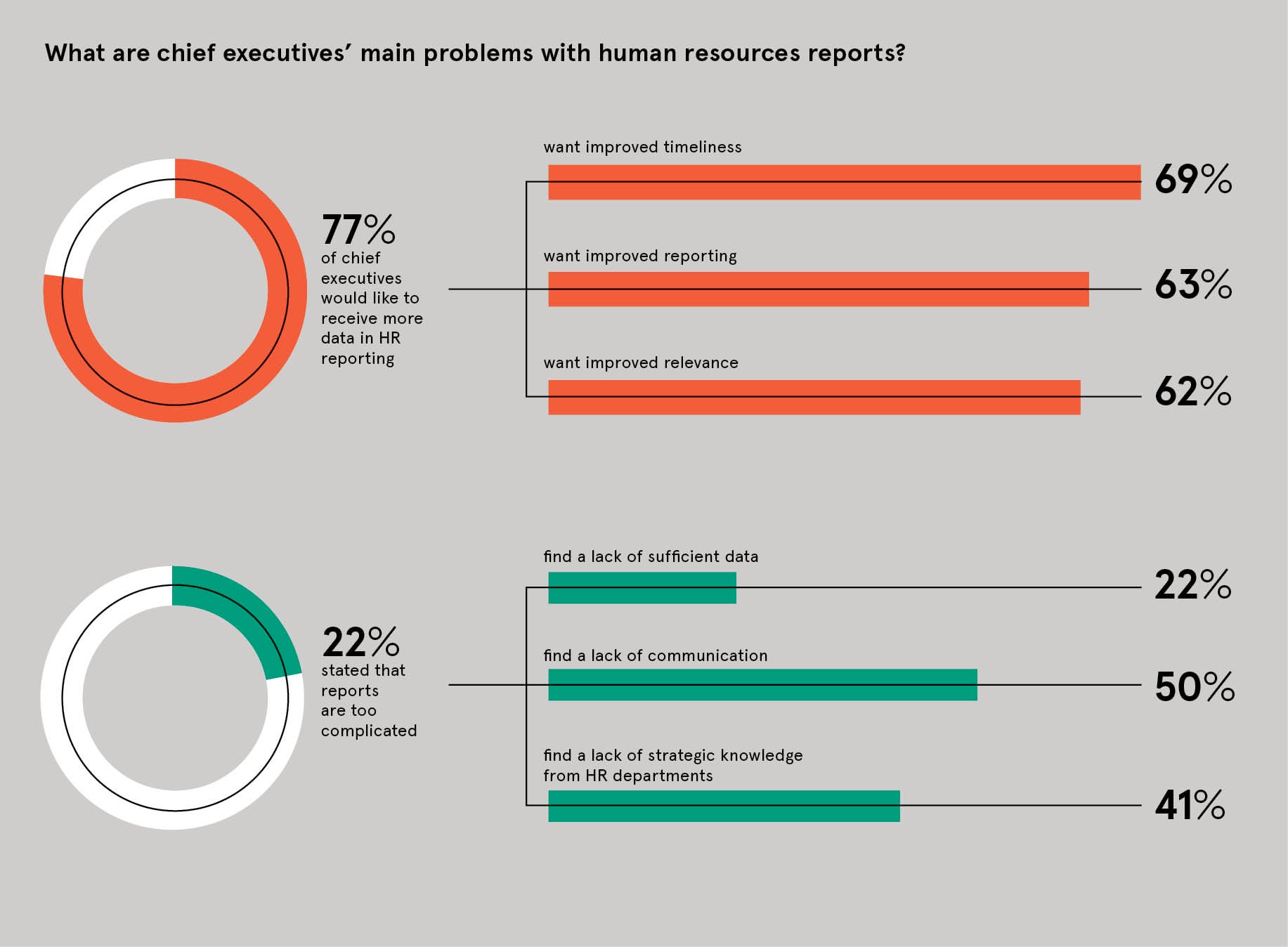Sir Richard Branson famously says you should put your staff first and your customers second. The reason being that by doing so your motivated and happy employees will look after customers better and your bottom line will see the results.
The problem for businesses is that employees leave. Sometimes this is for reasons that their employer has no control over; a partner taking a new job in a different location or the arrival of a family, for example. Often, however, there are signs that everything is not well; the challenge for companies is to be able to spot this and to do so in time to make the necessary changes. The science of predictive analytics looks set to help us do just that.
Richard Shinton, product manager for business intelligence and reporting at NGA Human Resources, a leader in helping organisations align their people strategy to their business strategy, sees analytics as a timely and necessary development.
“Traditionally, the human resources function has been very transaction and list-based; things like data checking and making sure you are paying people the right amount,” says Mr Shinton. However, forward-looking HR departments want deeper, predictive analysis that enables them to become more strategic.
Forward-looking HR departments want deeper, predictive analysis that enables them to become more strategic
NGA HR has adopted the use of market leading predictive tools with an array of proven algorithms to make predictions, which are shared with users of the company’s flagship ResourceLink platform.
Flight risk is proving to be an area that many HR directors are interested in learning about. “You provide the tool with a list of employees who have already left the organisation. This will include information such as how old they are, when they last had a pay rise, who they worked with, who is their line manager, for example. The tool can then look at those people and spot patterns where these people have common indicators,” says Mr Shinton.
“We are not only able to tell our clients that they have these people who are potentially going to leave, but provides them with the information to give line managers on what could be causing that. It helps employers pre-emptively deal with those problems before employees leave the organisation.
“It enables organisations to show a willingness to look after their staff. You also introduce a stability that may not have been there before and that will have a knock-on effect.
HR directors are also interested in using technology to track other areas such as absenteeism and overtime, and ResourceLink provides reporting in these areas among the 200 standard reports that are available.
“Overtime is often a mask for other problems in an organisation,” says Mr Shinton. “Employees may be interested in the extra cash, but it may be that they do not have enough time in the day to complete their jobs.”
Better analytics also helps when drilling deeper into staff turnover rates. An average turnover rate may look acceptable when benchmarked against other companies in your peer group, but it may mask outliers.
ResourceLink is not just for the C-suite and board either. “Those very same tools can be made available to line managers who could be managing a team of three or three hundred and three. It devolves some of the responsibility down to the local level and helps them spot some of these outliers,” says Mr Shinton.
The move towards proper employee engagement is a strong signal that organisations understand that employees are the most valuable resource an organisation has.
Mr Shinton says: “Companies began to realise that people were their most important asset, and smart organisations absolutely value what their employees bring and will do anything they can to protect them.”

To enable this level of employee engagement, the demand for data is only going to grow, but it is not just any data that company leaders are looking for.
A recent survey for NGA HR asked 100 chief executives and 250 HR professionals in the UK and Ireland about their views on human resources data.
Some 77 per cent of chief executives said they would like to receive more data, with just under two thirds saying they would like more accurate and relevant reporting. The survey also found that one in five chief executives said they lacked sufficient data on which to base business decisions.
Compounding the problem is that some HR technology lacks the crucial ability to integrate with other business systems, with a third of HR professionals saying creating reports takes more than a day out of every month. More worryingly, one in ten are spending more than a week every month creating reports.
Whether you are C-suite or a line manager, predictive analytics and powerful reporting can have a positive impact on your business, from staff, to customers, and ultimately the bottom line.
For more information please visit ngahr.co.uk/HRanalytics

